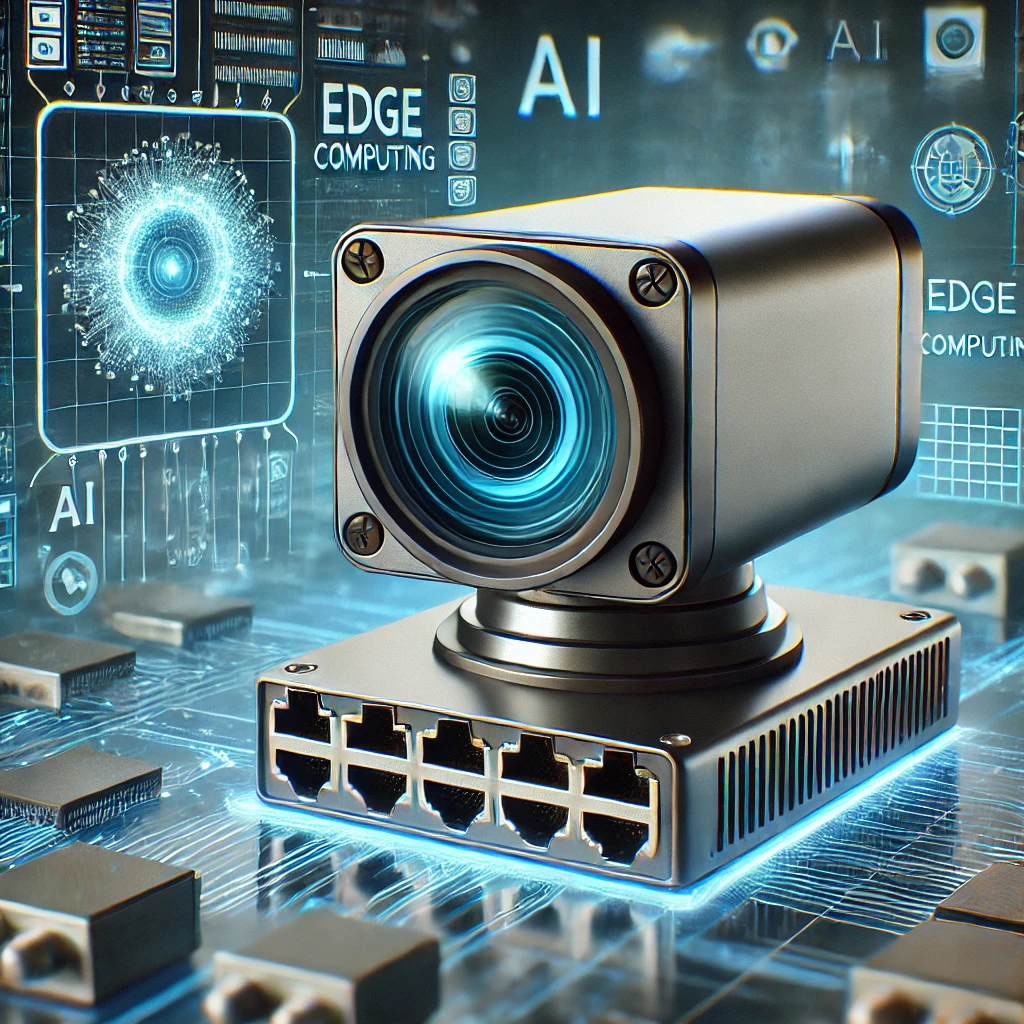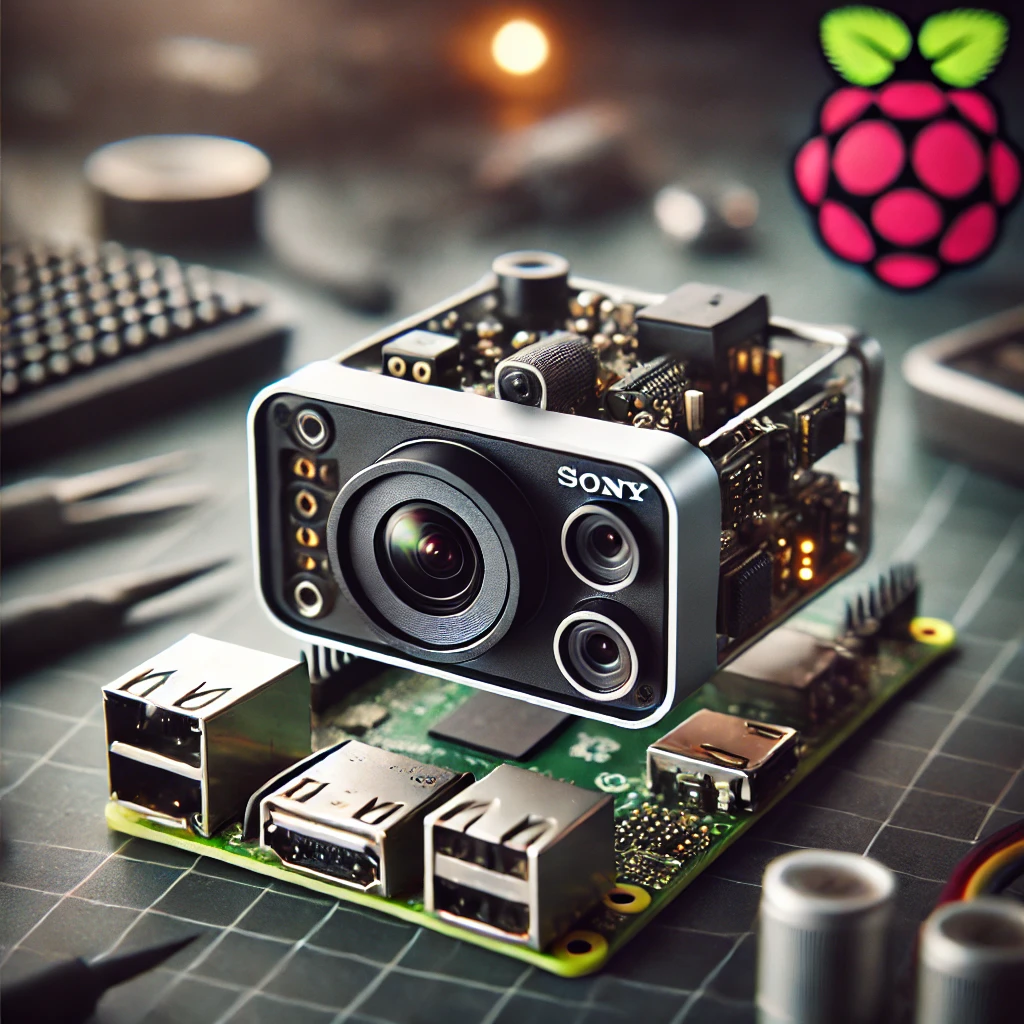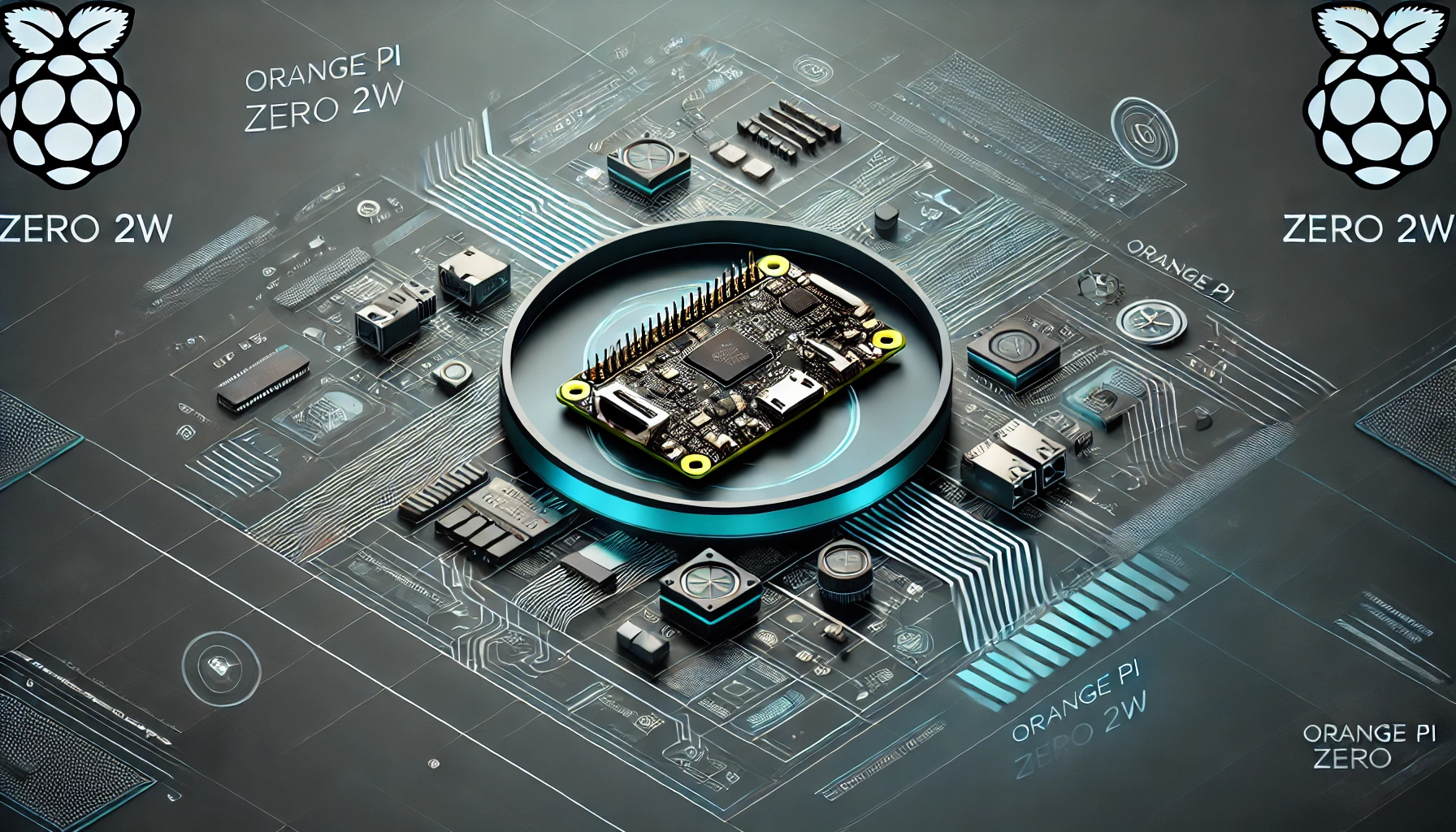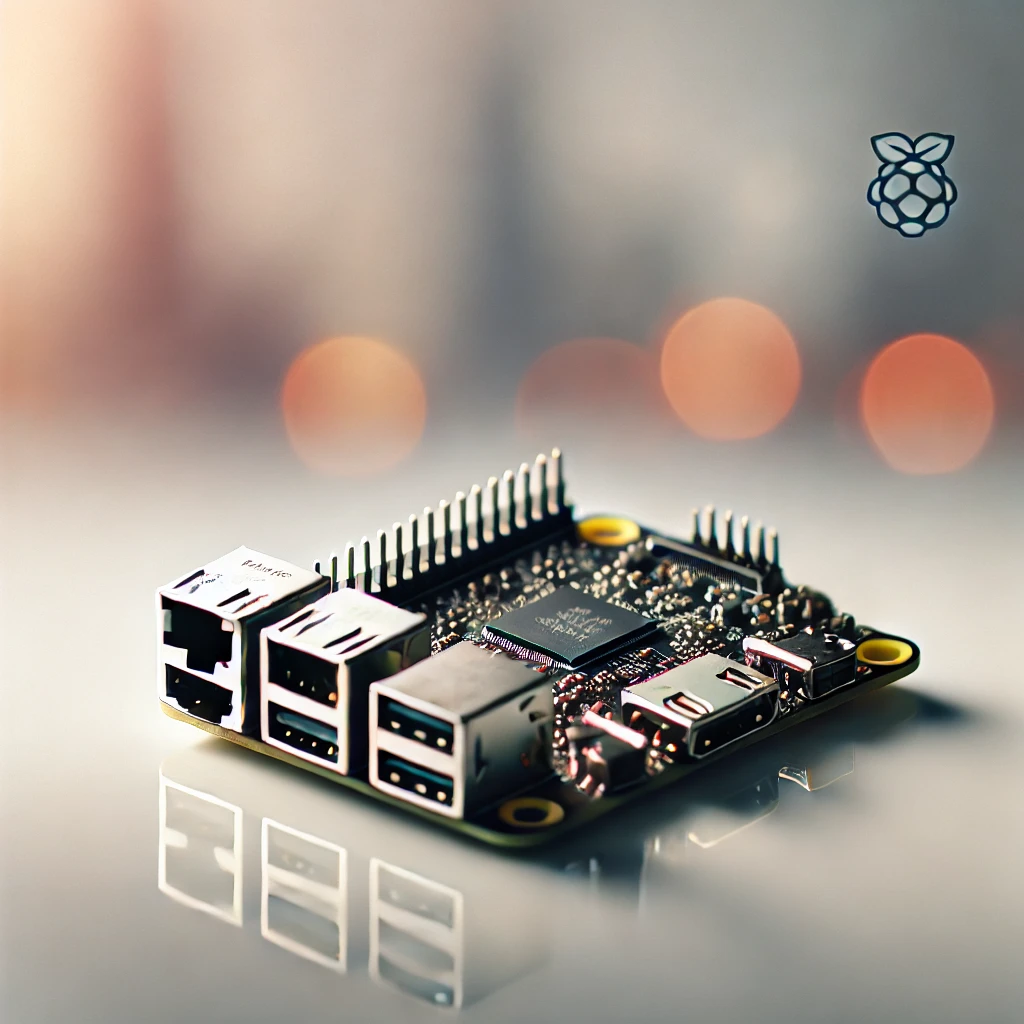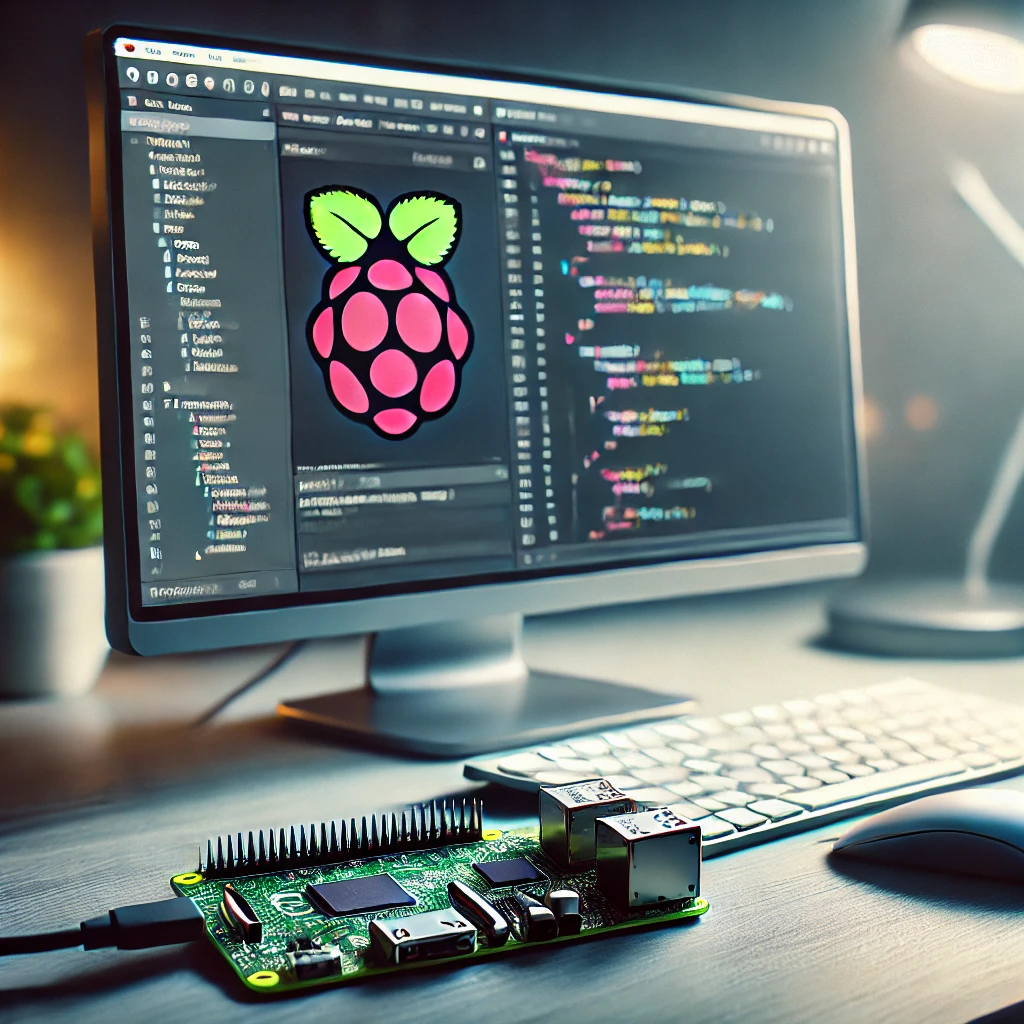AI Camera Module for Edge Computing: A Game-Changer in Real-Time Analytics
AI camera modules integrated with edge computing technology are revolutionizing industries. These modules enhance the speed and efficiency of data processing, allowing real-time analytics to be executed at the edge—where the action happens. In this article, we explore how these AI-powered devices can benefit various sectors, why they’re essential, and the future trends to watch out for.
What is an AI Camera Module?
An AI camera module is a sophisticated device that combines traditional image capture functionalities with AI algorithms. Unlike traditional cameras, AI cameras can analyze the captured data directly on the device without sending it to a central server. This process, known as edge computing, ensures faster data processing, reduced latency, and improved privacy and security.
The Role of Edge Computing in AI Cameras
Edge computing plays a critical role in AI camera modules. Instead of relying on cloud services for data processing, edge computing allows AI cameras to process information locally. This local processing reduces the need for constant internet connectivity, lowers bandwidth usage, and speeds up decision-making in time-sensitive environments such as security surveillance or manufacturing automation.
Key Benefits of AI Camera Modules for Edge Computing
1. Real-Time Data Processing
AI cameras with edge computing can analyze video footage instantly, enabling faster decision-making in critical situations. Whether it’s detecting suspicious activity or monitoring equipment health, real-time analytics make a significant difference in performance.
2. Enhanced Privacy and Security
Data processed locally on the edge device reduces the risk of cyberattacks that might occur during data transmission to the cloud. It also ensures that sensitive information stays within the perimeter, improving privacy.
3. Reduced Latency
With edge computing, there’s no need to send large amounts of data back and forth to a centralized server, which minimizes delays. In applications like autonomous vehicles or healthcare monitoring, milliseconds matter, and AI camera modules operating on the edge deliver just that.
Popular Applications of AI Camera Modules
1. Smart Cities
AI camera modules are used in traffic monitoring, public safety, and smart infrastructure management. Their ability to process data locally ensures quick responses, such as altering traffic lights based on real-time congestion data.
2. Manufacturing and Industrial Automation
These cameras help monitor equipment performance and ensure quality control, detecting potential failures before they escalate into costly downtimes.
3. Retail and Consumer Behavior
Retailers use AI camera modules for customer behavior analysis, inventory management, and enhanced in-store security, enabling personalized customer experiences in real-time.
Future Trends in AI Cameras and Edge Computing
As edge computing becomes more accessible, we expect AI cameras to feature even more advanced AI algorithms, making them integral to smart cities, healthcare, and beyond. Upcoming developments in 5G and edge AI chips will further enhance the capabilities of these modules, reducing power consumption and boosting processing speeds.
Visit our other website :master3dp.com

